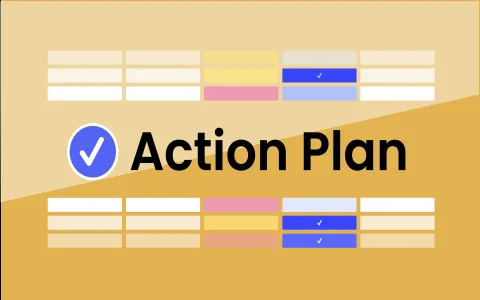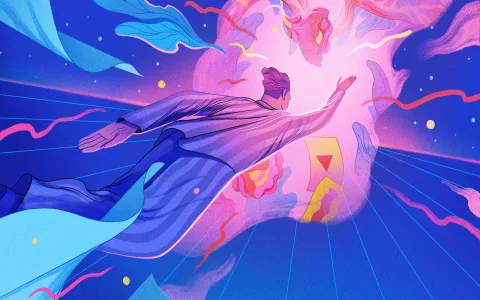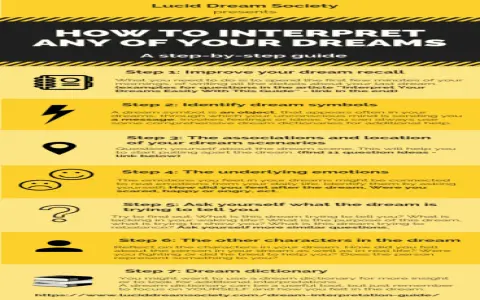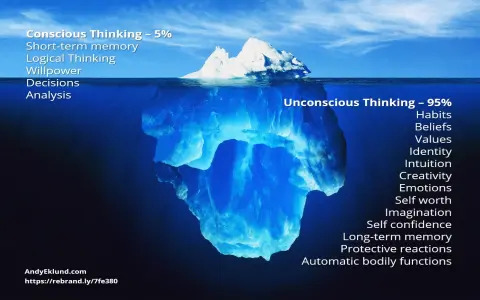Man, I never thought I’d be logging my dreams like I was tracking server uptime, but here we are. It all started when I hit a massive wall at work, just pure burnout, and suddenly my dreams went from background noise to full-on cinematic nightmares. They were so vivid, so stressful, I woke up feeling like I’d done a 12-hour shift before my alarm even went off.
I knew I needed to figure out what my subconscious was screaming about. I decided to treat this whole mess like a troubleshooting project. If I could debug code, I could debug my brain. The goal was simple: find the fastest, most reliable way to pull useful inspiration and actionable insight from the chaos. I grabbed a fresh notebook—an actual physical one, because screens before bed are a disaster—and I started logging everything religiously.
Phase 1: Trying to Force the Old School Way (The Generic Dictionary Method)
My first attempt was what everyone does. I went to the library, hauled home the biggest, dustiest books I could find—the ones promising universal symbols. You know, the classics. I committed to using these standard interpretations for the first thirty days. I called this Technique 1: The Symbolic Translation.

The process was agonizing. Every morning, I’d wake up, jot down the main actions and feelings, and then spend twenty minutes looking up every single item. Dreamed about a red car? Check the book. It means passion or aggression. Dreamed about a broken tooth? Check the book. It means insecurity or financial loss.
I logged twenty-two dreams this way, and frankly, it was a waste of time. The interpretations were so generic they could apply to literally anything happening in my life. It felt like asking an AI to solve a specific bug using only general principles of physics. I’d read the interpretation, nod weakly, and then realize I had learned absolutely nothing about the actual stressor causing the dream.
After a particularly confusing night where a goldfish was arguing with my high school math teacher about a microwave oven, I closed the last book and realized I was applying universal solutions to a hyper-specific, highly personal problem. I tossed the books onto the shelf. I scrapped Technique 1 completely.
Phase 2: Pivoting to Pure Context (The Personal Life Audit)
I decided to pivot hard. If the symbols were useless, the feeling and the immediate reality must be the source. I shifted my focus entirely away from objects and onto context. This was Technique 2: The 48-Hour Emotional Snapshot.
I changed my log structure dramatically. Instead of listing symbols, I recorded:
- The dominant emotion upon waking (e.g., dread, exhilaration, confusion).
- The main conflict in the dream (e.g., running, hiding, arguing).
- A detailed summary of everything that happened in the 48 hours leading up to the dream (stressful meeting, fight with the spouse, overdue bills, too much coffee).
This started generating results instantly. I stopped worrying about what the goldfish represented and started noticing that the dream always involved a feeling of being trapped or failing a test. I quickly correlated these “trapped” dreams with stressful professional reviews I had coming up. When I logged a dream about shouting underwater, I cross-referenced the 48-hour log and saw I had spent the previous day struggling to get a crucial point across in a team meeting. The inspiration source wasn’t the image; it was the psychological pressure point.
I kept this up for another six weeks. I collected about fifty solid logs showing a strong correlation between external pressure and dream emotion. This technique was powerful for immediate self-awareness, but I felt like I was still missing a layer of deeper meaning—the real “Aha!” moment that connects the small stressor to the big life pattern.
Phase 3: Integrating the Archetype (The Narrative Hybrid Approach)
I needed a way to give my personal emotional snapshots (Technique 2) a bit of depth without falling back into the meaningless symbol definitions of Technique 1. I realized the experts weren’t selling specific symbols; they were selling narratives and deep human themes—archetypes, complex stuff, but simple concepts if you break them down.
I started practicing Technique 3: Contextual Narrative Mapping.
When I logged a recurring theme—say, a constant dream about an overwhelming flood—I wouldn’t look up “water.” Instead, I’d look up the historical and mythological context of “the flood narrative.” Not for interpretation, but for inspiration. I’d ask: What does humanity, across history, associate with being overwhelmed by water? Destruction, renewal, a purge, the unconscious rising up.
I then brought that narrative back to my personal context. My personal flood wasn’t about drowning; it was about the feeling of being wiped clean and starting over, directly after quitting that soul-crushing job. The inspiration I needed was the confirmation that I was undergoing a necessary, messy renewal, not just that I was “insecure.”
This blending method worked perfectly. I logged the personal details, identified the core emotional conflict (the trapped feeling, the desire for renewal, the fear of change), and then used established human narratives to give that conflict profound depth.
I’ve now been using this hybrid system for months. I stopped treating dreams like cryptic codes to be broken and started treating them like highly specific, tailored stories. The inspiration isn’t revealed by the outside world; it’s pulled directly from my own life, using universal human themes as a flashlight to see the dark corners.
It took logging over a hundred dreams and realizing the dream books were fundamentally flawed for personal practice, but I finally nailed down a system that reliably hands me the insights I need to manage my real life stress. The best sources aren’t external dictionaries; they are the expert narratives that resonate with your immediate, personal chaos. Try it. Throw the symbol books out, map your emotions, and then look for the big human story that fits.













